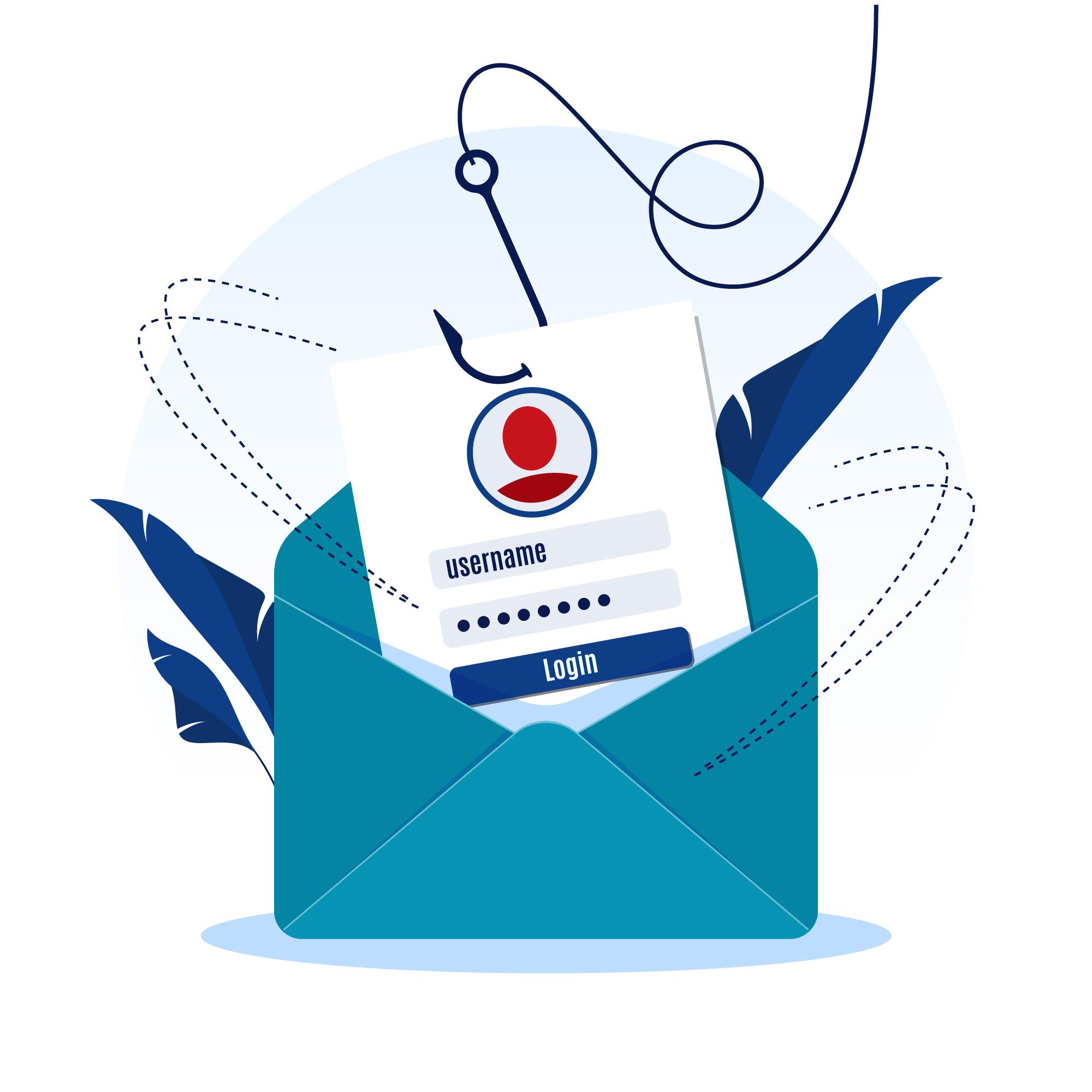A Guide to Email Security: How to Avoid Phishing Scams and Protect Your Inbox
November 17, 2023

An increasing dependence on digital communication has meant an equally greater need to protect yourself from an increasing prevalence of email-based threats and phishing scams. Since email security is an ongoing process, you need to stay constantly vigilant to reduce the risk of becoming a victim.
Here’s a basic guide to protecting your inbox and staying safe from phishing scams:
- Strong passwords created using unique characters and upper- and lower-case letters and numbers are the need of the hour.
- Choose a reputable email service provider that offers excellent security features, spam filters, encryption, etc. Popular options are Gmail or Outlook.
- Don’t click on email links randomly. Hover over the embedded links to see the actual URL and see if it matches the vendor’s website. Be cautious of URLs or links that ask for personal information.
- Avoid opening email attachments if you don’t trust the source of the email, as these can contain malware or viruses.
- Before opening an email, inspect the header for anomalies, more so if the sender isn’t on your mailing list. Look for spelling mistakes or other inconsistencies.
- Educate yourself about phishing emails and be aware of emails that ask for personal or financial information, create a sense of urgency with claims of prize money, income tax impersonations, etc.
- Most standard email providers offer two-factor authentication (2FA). You can easily enable it by activating a one-time code on your smartphone for an additional layer of security.
- Configure your email so that it can automatically segregate or filter out suspicious-looking emails from your emails. This reduces the chances of any accidental opening of phishing or spam emails.
- Keep yourself updated about the latest email scams and phishing attacks being used by cybercriminals. Being forearmed means that you will be able to recognize a threat when you see it.
- You need to update your software regularly, including your email provider. Email providers regularly release security patches to address vulnerabilities accessible to cybercriminals.
Other than these points, you should avoid accessing email from public Wi-Fi networks, or at least use a VPN and encrypt your connection and keep it safe from eavesdroppers!

